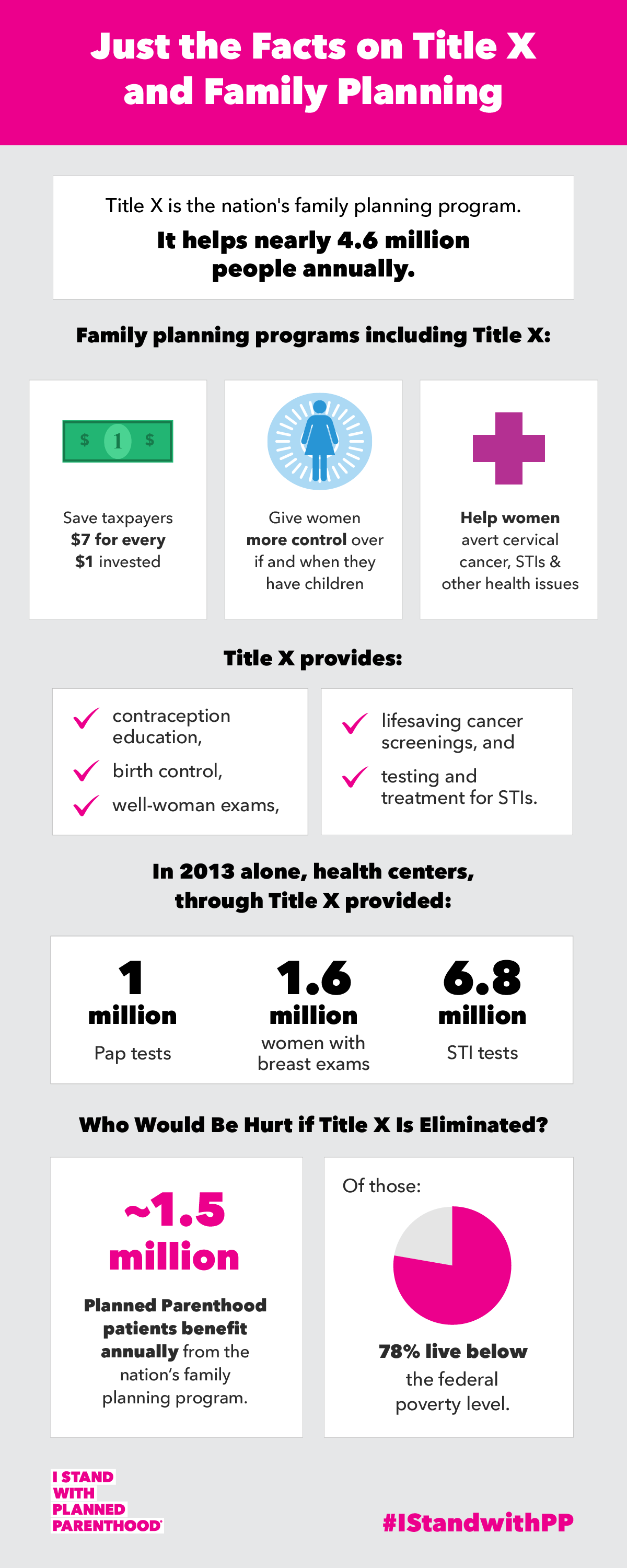
I think social sustainability gets forgotten beneath “going green.” Social sustainability inherently promotes the equality of individuals, which allows each member to contribute more fully to their community and future generations.
When I think of social sustainability, I immediately think of public health. And when I think of public health, I immediately think of Planned Parenthood. Planned Parenthood is a healthcare provider in the United States. While they service women and men, the name is heavily associated with women’s reproductive health services.
To preface the rest of my post, I will say that I do not believe politics should be a taboo subject. After all, NOT discussing politics is how many Trump votes happened. Political discussion does not have to be inflammatory or offensive. Let’s talk, let’s learn, and let’s find solutions.
The Trump administration brought about many threats to women in general. From bragging about sexual assault to Mike Pence causing an HIV crisis in his home state of Indiana to the constant threat of defunding Planned Parenthood…I could go on.
Defunding Planned Parenthood is dangerous. No federal funding is used for abortion. The Hyde Amendment, introduced in the 1970s, prohibits Medicaid reimbursements for abortion unless in cases of rape, incest, or a truly life-threatening pregnancy. Additionally, family planning funding through Title X does not provide any funding for abortion as a form of family planning. What’s left? STI testing, contraceptive services, and breast exams to name a few. Women’s health is important. Taking away vital health services from disproportionately low-income women will create larger scale issues on the population and public health.

Women are, more or less, 50% of the population. With a complicated, expensive healthcare system in the United States, removing Medicaid reimbursements for these clinics leaves low-income women with no other option.

www.plannedparenthoodaction.org
Further readings if you are interested:
https://www.guttmacher.org/report/adding-it-costs-and-benefits-investing-sexual-and-reproductive-health-2014 (The Guttmacher Institute is a great resource for reproductive health research)
https://www.guttmacher.org/gpr/2017/01/understanding-planned-parenthoods-critical-role-nations-family-planning-safety-net
https://www.plannedparenthoodaction.org/issues/abortion/hyde-amendment
https://www.plannedparenthoodaction.org/issues/health-care-equity/title-x

 n dropping out of the labor force, many to never enter again. For some, its a choice happily made. For others, its a pressured decision based on decades of male-centered socialization.
n dropping out of the labor force, many to never enter again. For some, its a choice happily made. For others, its a pressured decision based on decades of male-centered socialization.







